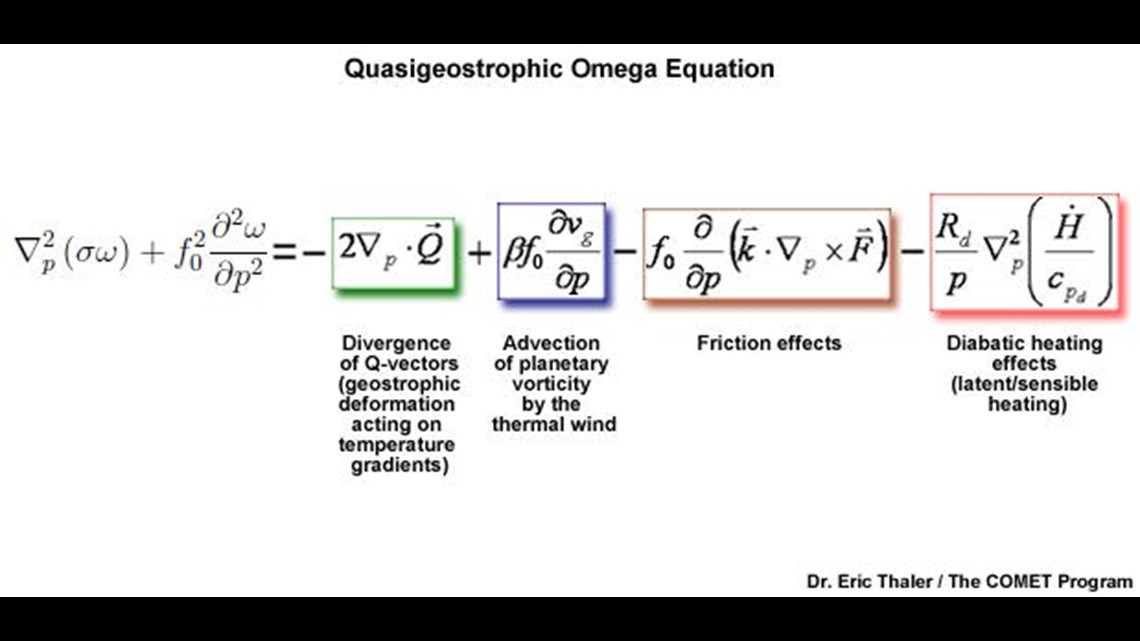JACKSONVILLE, Fla. — In the First Coast News Weather Center, we use a lot of different products to help not only forecast but explain the weather story.. One that does help tell the story for tropical systems in this graphic - the spaghetti plots.
The plot gets its name how you might guess, because it looks like pasta!
But what exactly does it show you?
The key word you need to remember is confidence. Each of the lines on a spaghetti plot graphic represents a different weather model.
Each weather model is built slightly differently with different mathematical algorithms in place that take different weather conditions into favor more than others. These separate models then all run on Super Computers to determine the expected conditions in the atmosphere.


For example, the CMC is a Canadian model while something like the NAVGEM is a navy model built for forecasting waves and weather over the ocean.
Despite these differences in their algorithms, if all the models agree on a storm's track then there is high confidence that’s where it will head. If they are all spread out, then this shows low confidence in the model's forecast and does not exactly indicate a storm will track in the middle or average of the plots.
Something else to consider is this just shows where the low pressure center will be, total width or impacts from a storm system. So if you see a spaghetti plot showing a storm staying off shore, it could be misleading as it does not show how large or strong a storm will be.



